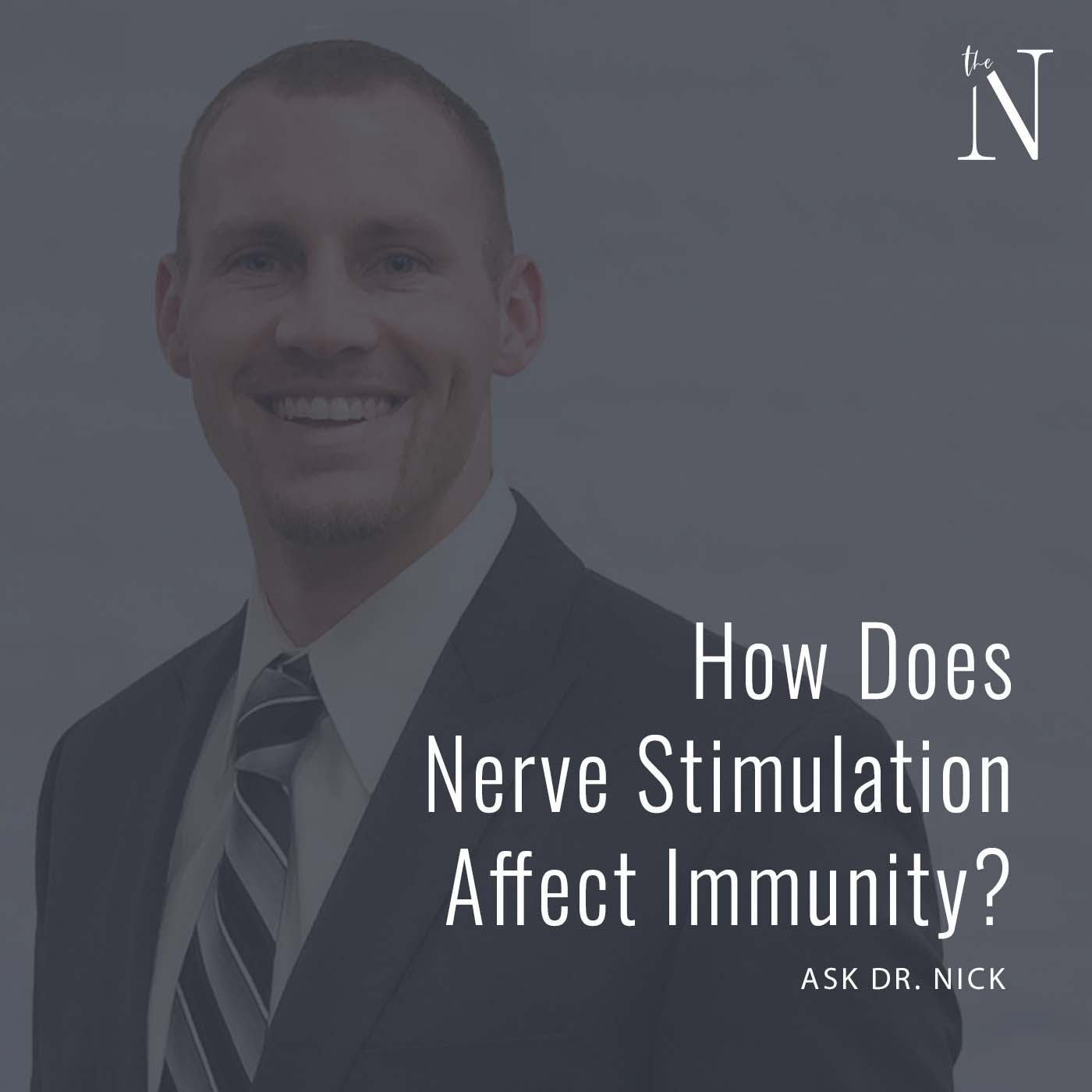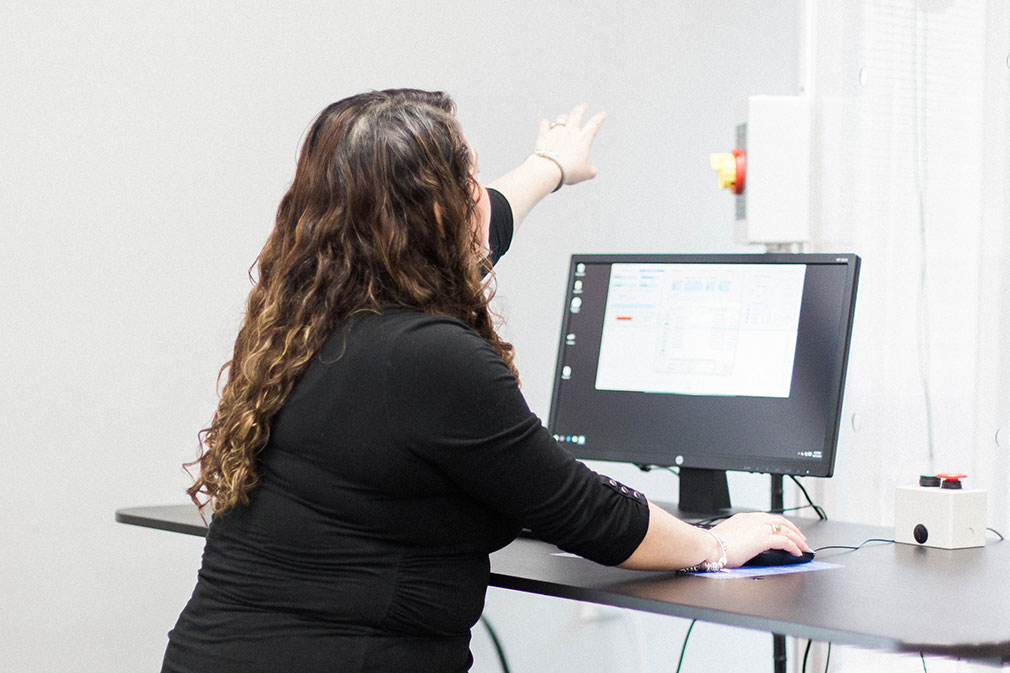
“Vagus Nerve Stimulation has been shown to improve walking in patients with Parkinson’s Disease.”
What is Parkinson’s Disease?
Parkinson’s disease (PD) is a progressive, neurodegenerative disorder with no known cure. The majority of medical treatment is aimed at relieving the individual of symptoms rather than attempting to cure the disease. Many are often limited by debilitating symptoms that significantly reduce quality of life. Parkinson’s symptoms include the following:
- A tremor
- Stiffness in muscles
- Slowness and incoordination of movement
- Posture, balance and walking difficulties
- Poor executive function and memory loss
- Loss of smell
- Constipation
- Agitation
- Fatigue
- Depression
- Sleep problems
- Changes in writing and speech
- Weight loss
The Beginning of Parkinson’s
Parkinson’s disease actually begins outside of the brain, and travels through nerves, such as the vagus nerve, to enter the brain. Classically, Parkinson’s is associated with the loss of the neurotransmitter dopamine due to the degeneration of an area of the brain called the substantia nigra (where dopamine is produced). However, there is actually a decrease in norepinephrine before dopamine becomes depleted. There is degeneration in an area of the brain called the locus coeruleus (where norepinephrine is produced) before there is a problem with the substantia nigra.
Existing treatment strategies for Parkinson’s disease are purely to relieve symptoms. However, the treatment is often accompanied by terrible side effects. New treatments are vital to developing more effective ways of treating Parkinson’s.
Vagus Nerve Stimulation
Vagus nerve stimulation is a therapy that involves light electric stimulation of the ear. This type of non-invasive therapy has been shown to have similar benefits to the surgical vagus nerve stimulator. Vagus nerve stimulation has been shown to have beneficial effects on the norepinephrine producing area of the brain, the locus ceoruleus that has been shown to be negatively affected in Parkinson’s disease. Vagus nerve stimulation has also shown to decrease inflammation and oxidative stress, as well as elevate chemicals involved with creating more communication in the brain. Overall, vagus nerve stimulation helps the brain to function more optimally in various ways.
Patients with Parkinson’s disease have decreased output of an area of their brain called the basal ganglia causing a decrease in the ability to start movements. This leads to people freezing while walking increasing the risk of falls and further injuries. Vagus nerve stimulation has been shown in research to influence the production of dopamine and improve the ability to walk with Parkinson’s disease. Vagus nerve stimulation has also been shown to improve blood flow, reduce inflammation, and decrease abnormal protein build-up often observed in those with Parkinson’s disease.
Interested in learning more about our approach to Parkinson’s disease? Contact our office to schedule an appointment: https://neurologicwellnessinstitute.com/contact/
Farrand et al. Vagus nerve stimulation improves locomotion and neuronal populations in a model of Parkinson’s disease. Brain Stimulation. 2017:10(6);1045-1054.




